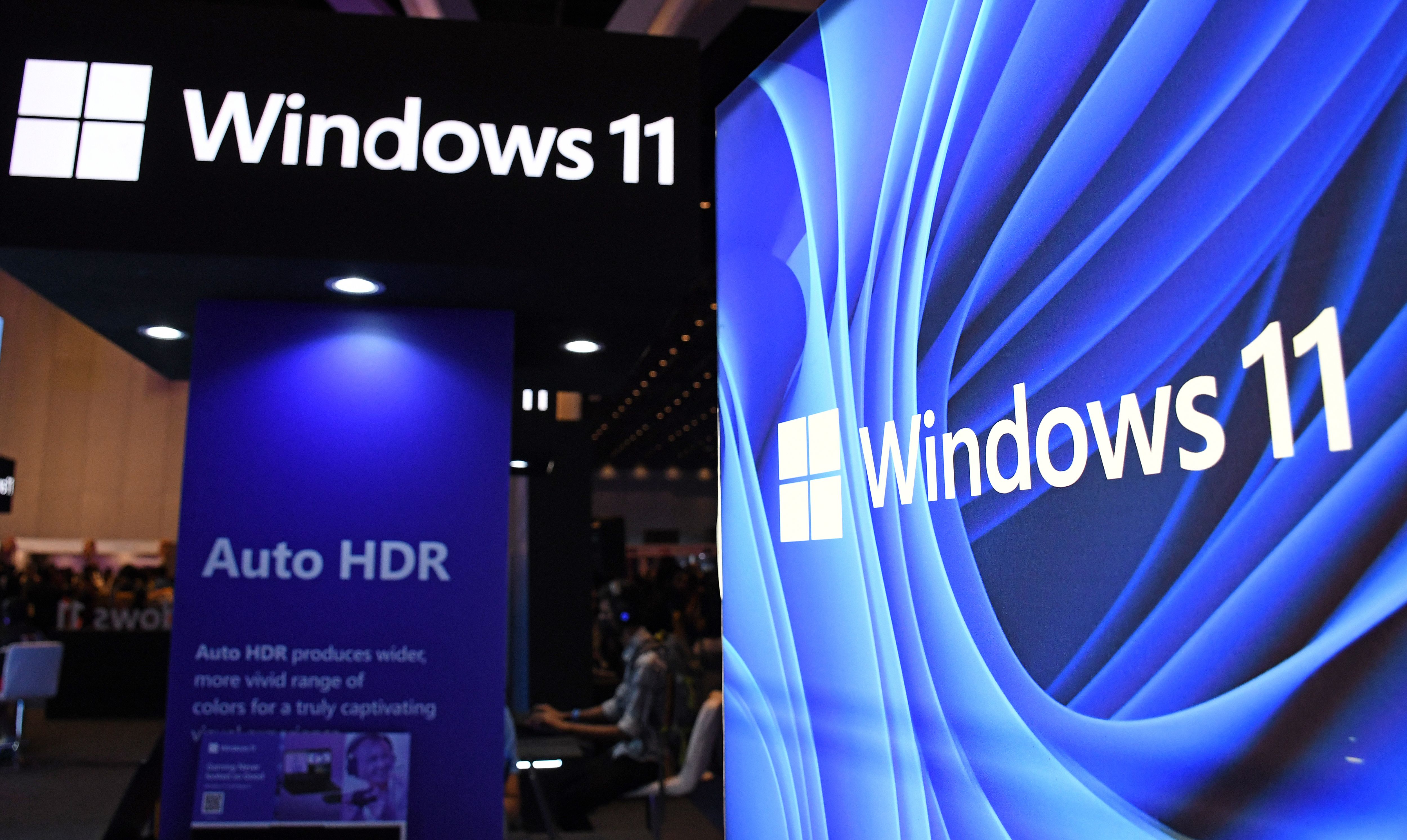Microsoft just started rolling out Windows 11 version 25H2, its annual update that brings AI-powered security enhancements and streamlined code management. While this isn't a feature-packed release, it represents Microsoft's shift toward AI-assisted development and marks a significant step in the company's security-first approach to operating system updates.
Microsoft is quietly reshaping how Windows updates work, and today's release of version 25H2 proves it. The company just flipped the switch on its annual Windows 11 update, but don't expect the usual fanfare - this one's all about what's happening under the hood.
The rollout started today for Windows 11 users who've opted into the "get the latest updates as soon as they're available" setting. But here's the twist: version 25H2 arrives as what Microsoft calls an "enablement package," meaning it's essentially flipping switches on features already baked into your system rather than downloading massive files.
"This means that it contains all the recently announced features in Windows 11, version 24H2," John Cable, vice president of program management for Windows servicing and delivery, told The Verge. "Both versions use a shared code base and servicing branch, streamlining the update."
That shared foundation is where things get interesting. Microsoft's playing a longer game here, building a unified platform that lets them push monthly feature updates to both 24H2 and 25H2 users simultaneously. It's a marked departure from the old model of big annual drops followed by months of incremental patches.
But version 25H2 isn't just about delivery mechanics. The real story lives in Microsoft's security push, where AI is taking center stage. "Version 25H2 includes significant advancements in build and runtime vulnerability detection, coupled with AI assisted secure coding," Cable explained. The company designed this release specifically to "address and mitigate security threats in adherence to a robust security development lifecycle (SDL) policy and requirements."
This AI-powered approach to secure coding represents Microsoft's response to an increasingly hostile threat landscape. Instead of just patching vulnerabilities after they're discovered, the system actively hunts for potential security issues during both development and runtime. It's proactive defense rather than reactive cleanup.
Microsoft also used 25H2 as an opportunity for some digital decluttering. The update removes PowerShell 2.0 and the Windows Management Instrumentation command-line (WMIC), legacy tools that have been largely superseded by more modern alternatives. It's part of Microsoft's broader effort to slim down Windows and reduce potential attack surfaces.

